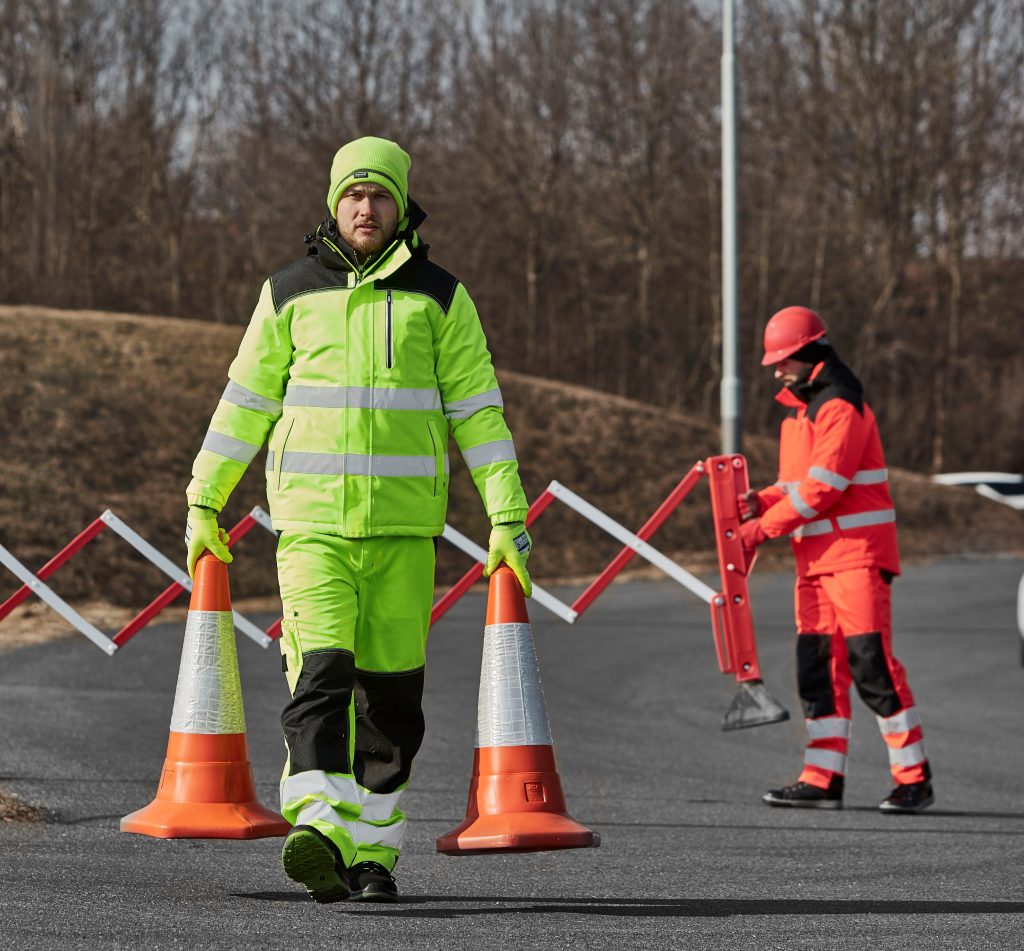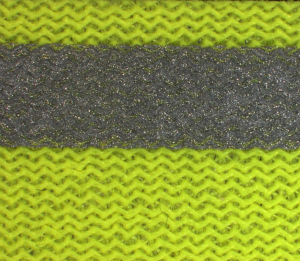High-visibility clothes today primarily relate to work equipment and generally situations in which protection from injury is necessary.
However, the history of this type of clothing is much more interesting than we thought and dates from the 30s of the last century. Everything started right where it ended – and that’s protection from injuries at work.
Brothers Robert and Joseph Switzer from California are responsible for the formation of fluorescent colors. After Robert injury at work in a factory, doctors told him that his vision was permanently damaged and that he would have to stay in a dark room until he recovered.During this time, Joseph was researching how fluorescent chemicals could boost their magic emissions and used them to entertain his brother who recovered in the dark. Joseph also used fluorescent colors in his amateur magician performances, and sold magic fluorescent kits that were bright in the dark. Therefore, the first highly visible, fluorescent colors were visible only in the dark.
Shortly afterward, when Robert recovered, the brothers together produced the first fluorescent color visible in daylight, called DayGlo, according to which their company got its final name – DayGlo Color Corporation. By the 1940s, fluorescent colors were also used for advertising boards and film posters, and Robert even tried these colors on his wife’s wedding dress, which led to the fact that the wedding dress was the first high visibility clothes.
During the Second World War, the US government recognized the benefits of this technology and used fluorescent colors on military uniforms to prevent the danger of “friendly fire”. Also, the larger material surfaces in high visibility colors were used to send signals to aircraft pilots from the ground.
The first use of high-visibility clothing in work was in 1964 at the Scottish branch of the British Railways. Fluorescent orange jackets known as “fire-flies” were used by rail workers in Glasgow, and soon other workers, as well as engineers and locomotive drivers in the wider Scottish area. Since then, further use of this type of protective clothing has only increased.
Today, the use of high visibility clothing (HV-high visibility) is widespread and regulated by the European Union Directive 89/686. Standard 20471 prescribes the situations in which it is necessary to wear HV clothing, as well as the exact requirements for color, reflection and the minimum visible surface on protective clothing. In addition to the work of HV clothing, it is also necessary in traffic – for cyclists and as part of the required equipment in the car. Numerous studies have demonstrated the need for its use in a variety of situations.
In the ALBO assortment you can find the highest quality HV clothing from the new KNOXFIELD collection of the company Červa. This collection provides safety, comfort and modern design, and for employers the ability to visually distinguish workers of different sections, retaining their uniformity. You can see this contemporary collection of highly visible protective clothing HERE, and after this brief historical review we believe that these clothes will be even more noticeable.









